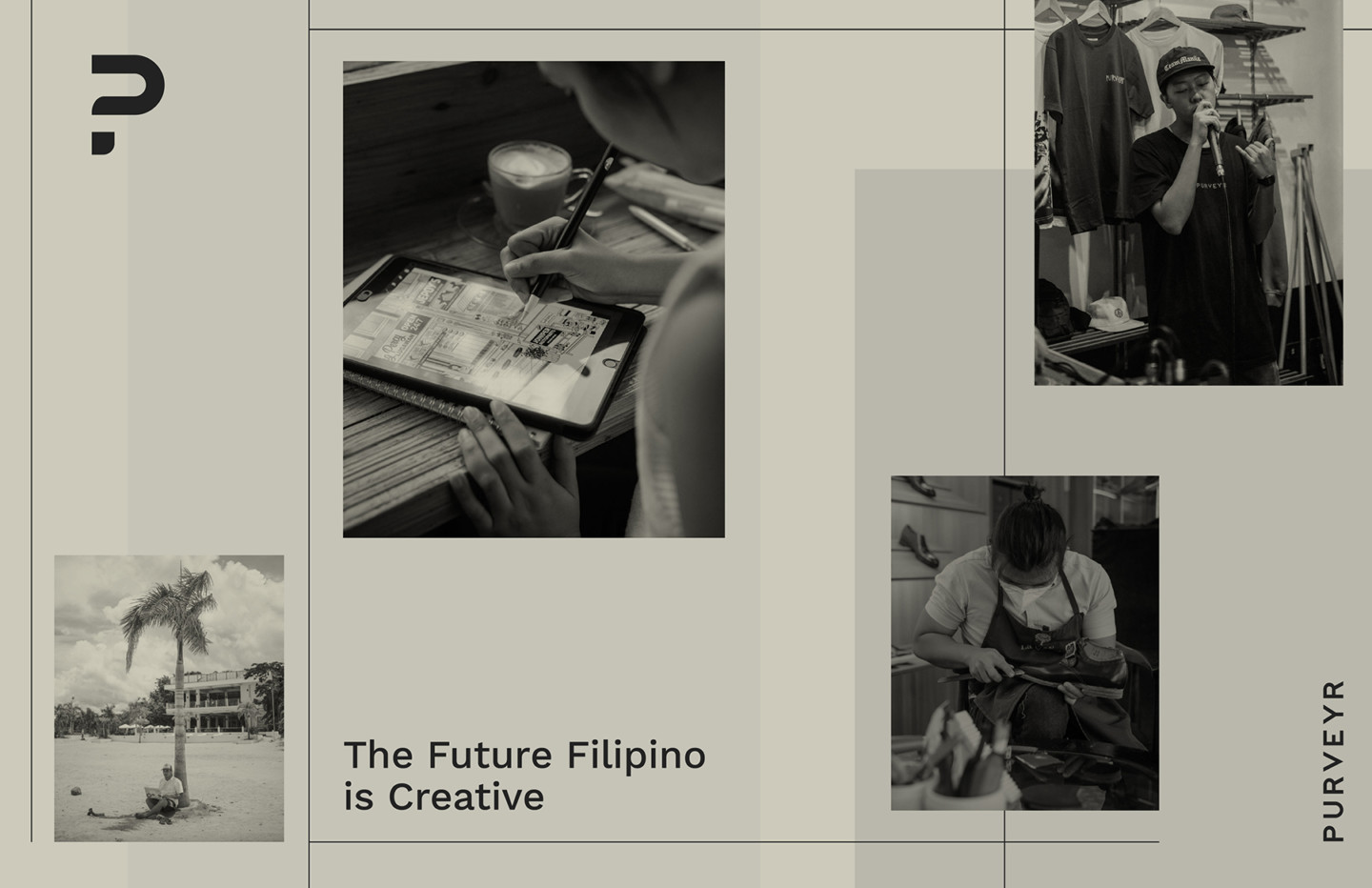
The Filipino is creative. For one, that is evident in the quality of Philippine talent – the country is the homeland of the likes of Lea Salonga, Kidlat Tahimik, and Ben Cabrera. But it’s about more than acclaimed talent. The creations of Filipino creatives permeate throughout our day-to-day lives – the OPM we listen to on Spotify, the latest films and shows that take up our viewing time, news articles we read on local news sites, locally-made clothes we purchase through Instagram, houses we inhabit.
The creative industry makes up 7.34% of the Philippines’ gross domestic product. Yet, it remains to be an untapped sector; its full potential has not yet been fully maximized. There are still gaps in technological development, breaches in the implementation of the Intellectual Property Code, and issues in the policies concerning the industry.
The Philippine Creative Industries Act, pushed by Rep. Toff de Venecia, was created to amend pain points in creative industries. In the online conference Creative Futures, De Venecia identifies the bill’s key features using the acronym C.O.L.L.A.B. – cooperation and coordination, organization, local creativity, long-term planning, aid and protection, and business development.
Overall, the bill outlines policies that will define the creative industries, streamline government efforts, plan long term development, and support creatives and creative enterprises.
Defining creative industries
Before anything else, the bill defines the creative industries and their domains. It describes creative industries as people who produce original, artistic, and innovative products and services that have the potential to create wealth. It also divides the industries into 9 domains: audio and audiovisual media, digital interactive media, creative services, design, books and publishing, performing arts, visual arts, traditional cultural expressions, and cultural sites.
Creating a streamlined council
The creative industries are not regulated by a single entity, so there exists the possibility of a lack of direction and coordination between projects. The bill aims to create the Philippine Creative Industries Developmental Council to streamline communication and strategically organize government initiatives. Representatives from various creative sectors and government agencies will make up the council, ensuring that different perspectives are represented.
Planning for a creative future
For the long-term success of the industries, the bill proposes the Philippine Creative Industries Development Plan, which sets objectives and measures growth. The plan outlines the creation of industry-specific development plans, industry research, trend analysis, and key performance indicators. It also proposes forming the Philippine Creative Cities Network and Special Economic Zones to empower creatives in localities.
Promising state support
To achieve these plans, the bill proposes state support in various sectors. It contains provisions for the needed aid in infrastructure, research and design, and digitalization. Significantly, the bill also outlines a Creative Educational Plan, which will promote design thinking and skills training in partnership with DepEd, CHED, and TESDA.
Lastly, it seeks to provide financial assistance through soft loans, venture funds, and a Creative Start-up Fund. On the other hand, for welfare funding, non-formal learning modalities, and other forms of support, part of the plan is to design the Creative Industry Development Fund–sourced from loans, grants, and donations as well as income from the Council.
At the time of writing, the Philippine Creative Industries Act is pending approval in the Committee of Appropriation in the Lower House and the TWG in the Senate. To review the full bill, you may read the draft from the Creative Industries PH Facebook page here.




